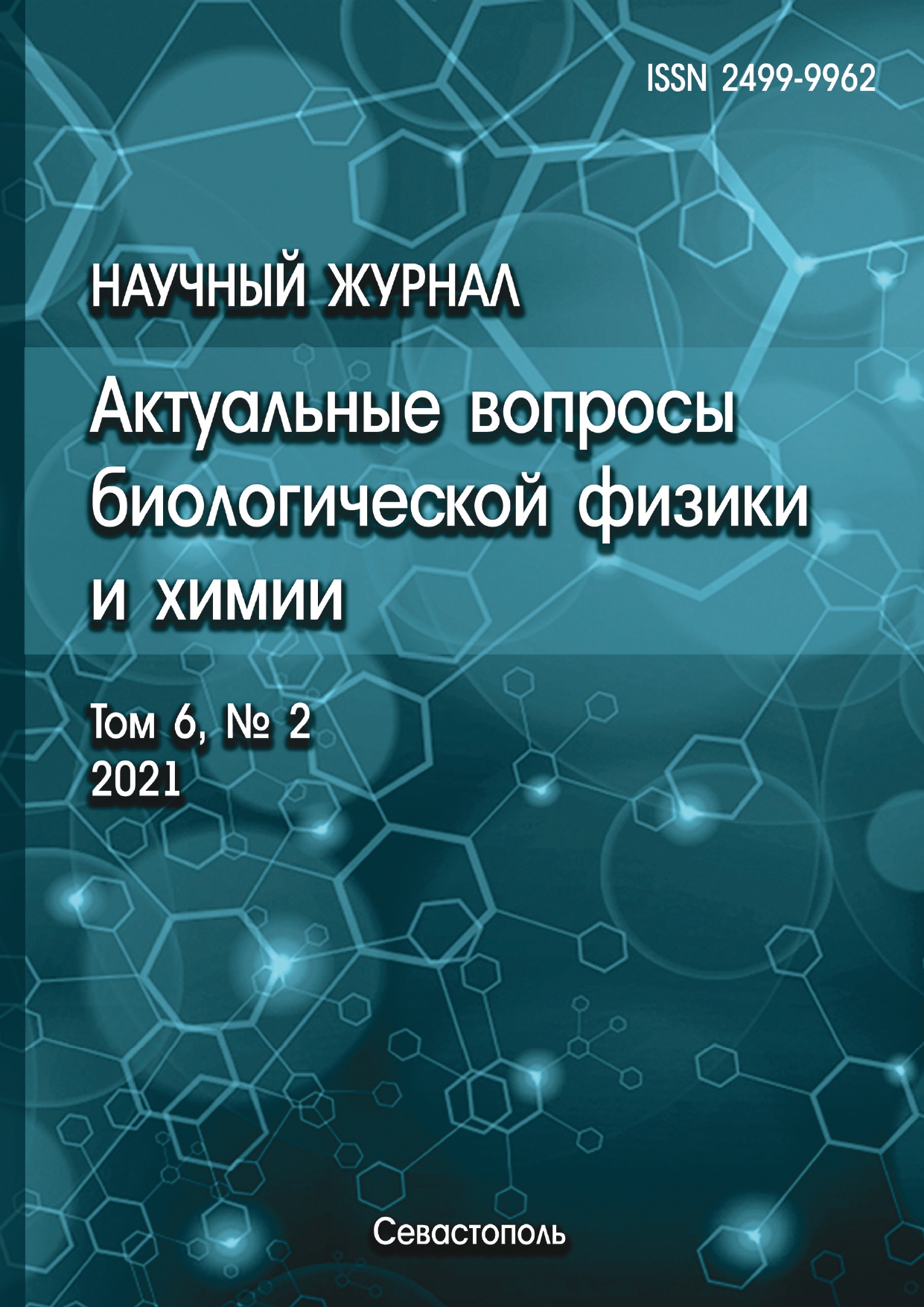The paper considers active wave processes in changes in the lumina of vessels and cylindrical hollow organs. A mathematical model is proposed for autowave transport of theirs internal contents of based on mechanochemical interactions. The self-organization of changes in theirs shapes are discussed in application to lymphatic and blood vessels and other objects of living organisms. The presented nonlinear mathematical model is a sufficiently accurate approximation making it possible to describe the existence and propagation of mechanochemical kink contraction and extension waves. The given generalized universal model describes the complete contraction-restoration cycle of a vessel or organ. The proposed mechanism of the given active motion is capable of carrying out an important transport function of biological materials in cylindrical organs: pumping and pump peristaltic effects. Using the given model, it was possible to obtain clear visual solutions and analytic expressions for the autowave propagation velocity for the compression (recovery) of the lumen of an organ, the width of its front, and its shape. Their estimates obtained with the formulas are close to the experimental data and observations in animal lymphatic vessels. Note also that the described waves with close and comparable parameters were experimentally observed in other organs. From the viewpoint of biophysics, this is important for understanding specific physiological wave processes.
mathematical modeling, nonlinear waves, active transport in vessels and organs
1. Sarvazyan A., Rudenko O., Aglyamov S., Emelianov S. Muscle as a molecular machine for protecting joints and bones by absorbing mechanical impacts. Medical Hypotheses, 2014, vol. 83, no. 1, pp. 6-10. DOI: https://doi.org/10.1016/j.mehy.2014.04.020; EDN: https://elibrary.ru/SKUKVF
2. Fiziologiya cheloveka. Pod red. R. Shmidta, G. Tevsa. M.: Mir, 1985, tom 1, 272 s. @@Human physiology. Ed. R.F. Schmidt, G. Thews. Berlin: Springer-Verlag, 1983, vol. 1, 272 p. (In Russ.)
3. Fiziologiya krovoobrascheniya: fiziologiya sosudistoy sistemy. Rukovodstvo po fiziologii. L.: Nauka, 1984, 656 s. @@Circulation physiology: vessel system physiology. Guide on physiology. L.: Nauka, 1984, 656 p. (In Russ.)
4. Folkov B., Nil E. Krovoobraschenie. M.: Medicina, 1976, 464 s. @@Folkow B., Neil E. Circulation. New York: Oxford University Press, 1971, 464 p. (In Russ.)
5. Fung Y.C. Biodynamics. Circulation. New York: Springer-Verlag, 1984, 404 p.
6. Karo K., Pedli T., Shroter R., Sid U. Mehanika krovoobrascheniya. M.: Mir, 1981, 642 s. @@Caro C.G., Pedley T.J., Schroter R.C., Seed W.A. The mechanics of the circulation. Oxford: Oxford University Press, 1978, 643 p. (In Russ.)
7. Orlov R.S., Borisov A.V., Borisova R.P. Limfaticheskie sosudy. L.: Nauka, 1983, 254 c. @@Orlov R.S., Borisov A.V., Borisova R.P. Lymphatic vessels. L.: Nauka, 1983, 254 p.)
8. Ohhashi T., Azuma T., Sakaguchi M. Active and passive mechanical characteristics of bovine mesenteric lymphatics. Amer. J. Physiol., 1980, vol. 239, pp. H88-H95.
9. Hilton S.M. A peripheral arterial conducting mechanism underlying dilation of the femoral artery and concerned in functional vasodilation in skeletal muscle. J. Physiol., 1959, vol. 149, p. 93-111.
10. Duling B.R., Berne R.M. Propagated vasodilation in the microcirculation of the hamster cheek pouch. Circulation Research, 1970, vol. 26, pp. 163-170.
11. Burrows M.E., Johnson P.C. Arteriolar responses to elevation of venous and arterial pressures in cat mesentery. Amer. J. Physiol., 1983, vol. 245, p. H796-H807.
12. Colantuoni A., Bertuglia S., Intaglietta M. Quantitation of rhythmic diameter changes in arterial microcirculation. Amer. J. Physiol., 1984, vol. 246, no. 4, pt. 2, pp. H508-H517.










